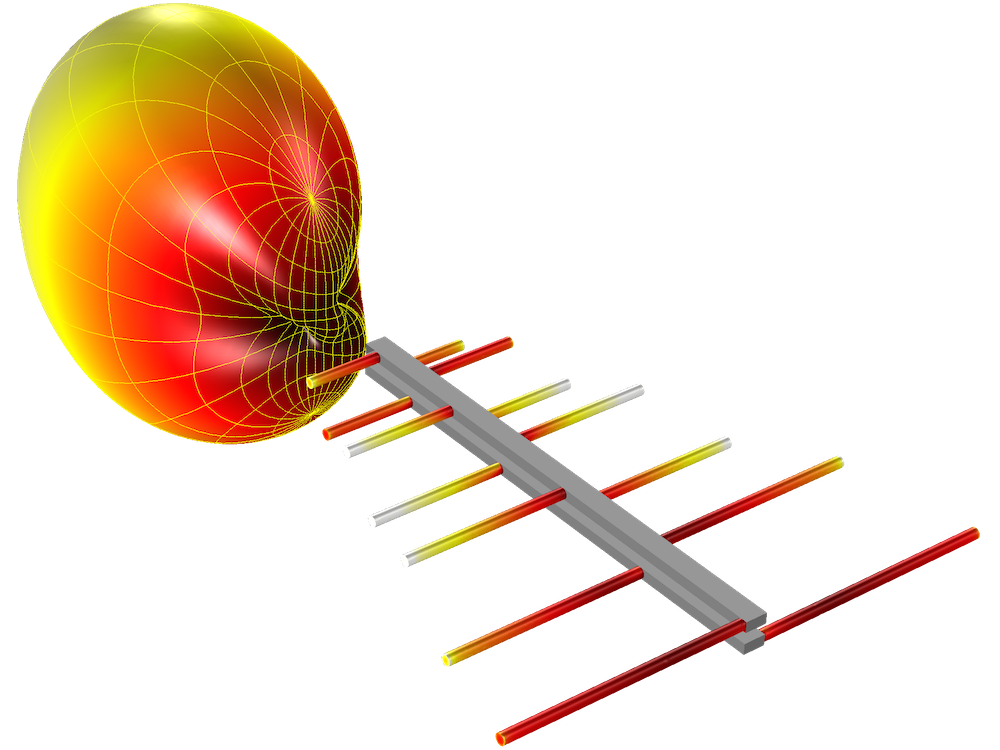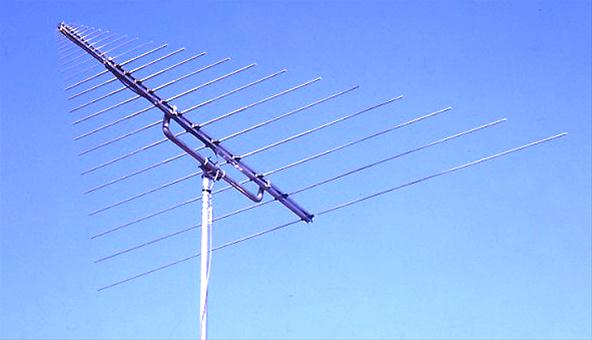AlphaFive
Member
In reading various sources about Log Periodic antennas it is very clear that a Log Periodic will handle decibel reception of a transmitter well beyond what a wideband discone can provide. That much I am clear on. What I am puzzled by is this; I find over and over the same phrase regarding Log Periodic performance "It improves the reception of weak signals". Okay, can someone tell me if those statements refer to a decibel improvement, or is there some reason the set up of elements on a Log Periodic can actually pull in a signal that may be 70 miles distant, where an average discone may generally be limited to 30 to 50 miles? In other words, can a Log Periodic have a longer distance reception range? Or is it only a champ regarding pulling in the same signal as a discone, but having decibel superiority? I clearly, absolutely, understand that this conversation can be had in only the most general terms, and every situation is different for any number of reasons. I am just trying to determine why a Log Periodic will beat a discone on any given Tuesday....I believe it, but want to know more. Thank you for your time.



